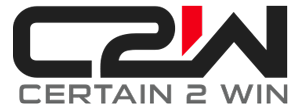I’m sure many Texans can recall the iconic, 60’s era symbol “Onward: Thru the Fog” since it rather summed up the benign thought that though uncertain the future should be faced with confidence. And maintaining some semblance of a sense of humor about the task sure goes a long way toward dealing with it as the image of Oat Willie so effectively illustrated. In business as in life, change, uncertainty, and ambiguity are simple facts of life. History is rife with tangible examples of businesses and entire industries swept to the curb as the winds of change plunged headlong into the future. One only has to recall when Switzerland was synonymous with fine wristwatches before Swiss watch makers gave the cold shoulder to the silly idea of digital time keeping or when the Big Three automakers scoffed at the idea of Americans buying smaller, more economical cars. Leadership plays a key role in both anticipating and adapting to change and uncertainty.
And it is important to understand the difference between leadership and management. A team of authors, Ivan Yardley, Andrew, Kakabadse, and Derrick Neal in their book, “From Battlefield to Boardroom: Making the Difference through Value- Based Leadership” describe it this way: leadership is “the quality that allows a person to attract followers – to get people to do things that they otherwise would not”. They go on to define management as, “the process of organizing resources” and management “can involve a number of functions and combines people, physical and intangible resources”. Furthermore they write that management practices and values are important because they need to “resonate” throughout an organization so that from the individual through the group these values are mutually supportive “especially in times of uncertainty and ambiguity”. There it is, Oat Willie’s “fog”. And when individual, organizational, and cultural values are aligned, it provides a foundation on which leaders can exercise their decision-making authority. In other words, by sharing and supporting common values, followers will more likely accept and follow directions. Better yet, instead of just carry out orders, they will understand, buy-in, and enthusiastically support the decisions leadership has to make. Is that not what companies and leaders dream about?
Remember, in the context of facing change and chaos, TRUST is essential to improve performance and motivate individuals to accept and take risks. Therefore, to develop high levels of performance high levels of trust must be established. And through the understanding and sharing of common values, leaders and followers succeed in proportion to how much trust they share. Trust is essential and not an option for success, especially in times of challenge. Under high stress people will often make decisions
based on their “innermost beliefs”. Their “value framework” is the foundation upon which they will make their decisions. So, when they’re out there on the limb by themselves, knowing their values are congruent with those of their leaders they will perform at their highest levels. Also, remember that one of the most important tasks of effective leaders is building confidence and a sense of independence among their team and equipping them to solve their own problems. Over time, legitimacy can be eroded. So maintaining the legitimacy of leadership is a never-ending task. When team members get inconsistent or mixed signals they begin to question the legitimacy of their leaders. Sharing values and maintaining those values regardless of the situation is necessary for team success. Yardley, Kakabadse, and Neal go on to emphasize that leaders must maintain high levels of integrity to build and maintain trust which is different than being popular or liked. We may enjoy the friendship of a leader and relish the times when we’re able to pal-around with them, but if we don’t believe them to be trustworthy or behave with integrity we won’t follow their directions especially when the chips are down. However, when the fog of business sets in and the gales of change begin to howl, and we DO operate within a network of shared values we can be guided beyond our training, beyond what we think we can do, and beyond our prior experience. One of the essential and most powerful dynamics within a successful company is from top to bottom a clearly understood and rigorously maintained system of shared-values.
Originally published in Beaumont Business Journal, Heat And Humanity Column


